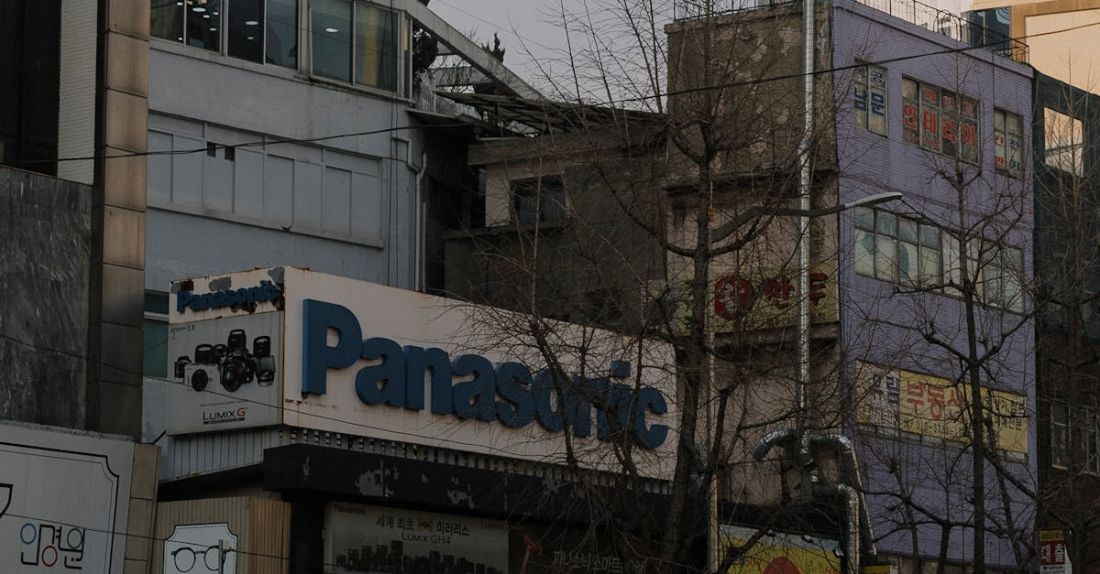
Sustainable Urban Transport Systems: Key Features for a Greener Future
In the rapidly evolving landscape of urban development, the need for sustainable urban transport systems has become increasingly apparent. As cities grow and populations rise, the demand for efficient, environmentally friendly transportation solutions has never been greater. Sustainable urban transport systems aim to reduce pollution, congestion, and reliance on fossil fuels while promoting healthier, more livable cities. Let’s delve into the key features that define these forward-thinking transportation networks.
Integration of Multiple Transport Modes
One of the fundamental characteristics of a sustainable urban transport system is the seamless integration of multiple transport modes. This includes traditional modes of transportation such as buses, trams, and trains, as well as newer options like bike-sharing programs and electric scooters. By providing a variety of transportation options that work together harmoniously, cities can offer residents and visitors convenient and flexible ways to move around while reducing the overall reliance on private cars.
Emphasis on Active Transportation
Active transportation, such as walking and cycling, plays a critical role in sustainable urban transport systems. By prioritizing pedestrian and cyclist safety, cities can encourage more people to choose these eco-friendly modes of transport for short trips. Dedicated bike lanes, pedestrian-friendly streets, and bike-sharing schemes all contribute to creating a more walkable and bikeable urban environment. Not only does active transportation reduce emissions and congestion, but it also promotes healthier lifestyles and enhances the overall quality of urban living.
Efficient Public Transport Networks
Efficient and reliable public transport networks are at the core of sustainable urban transport systems. Well-connected bus, tram, and metro lines that run frequently and on schedule make it easier for people to choose public transport over driving. High-capacity vehicles, modern infrastructure, and user-friendly payment systems all contribute to making public transport a viable and attractive option for urban commuters. By investing in public transport, cities can significantly reduce traffic congestion, air pollution, and greenhouse gas emissions.
Smart Mobility Solutions
The integration of smart mobility solutions is another key feature of sustainable urban transport systems. By leveraging technology and data-driven approaches, cities can optimize transportation networks, improve traffic flow, and enhance the overall user experience. Real-time information on public transport arrivals, route planning apps, and smart parking systems all help to make urban transportation more efficient and convenient for everyone. Additionally, the use of electric vehicles and alternative fuels further reduces the environmental impact of urban transport systems.
Promotion of Car-Free Zones
Car-free zones and pedestrianized areas are becoming increasingly popular in cities around the world as part of efforts to create more sustainable urban environments. By restricting car access to certain areas or designating entire streets as pedestrian-only zones, cities can reduce traffic congestion, improve air quality, and create vibrant public spaces for people to enjoy. Car-free zones also encourage walking, cycling, and the use of public transport, further promoting sustainable modes of transportation within urban areas.
Collaboration with Stakeholders
Successful sustainable urban transport systems require collaboration and engagement with a wide range of stakeholders, including government agencies, transportation providers, businesses, and community groups. By involving all relevant parties in the planning and implementation of transportation policies, cities can ensure that the needs and preferences of different groups are taken into account. Public consultations, partnerships with private sector companies, and community engagement initiatives all play a crucial role in building consensus and support for sustainable urban transport initiatives.
Creating a Greener Future
As cities continue to grapple with the challenges of urbanization and climate change, the importance of sustainable urban transport systems cannot be overstated. By embracing key features such as integrated transport modes, active transportation, efficient public transport networks, smart mobility solutions, car-free zones, and stakeholder collaboration, cities can create greener, healthier, and more livable urban spaces for all. With innovation, vision, and a commitment to sustainability, the future of urban transportation looks brighter than ever.





